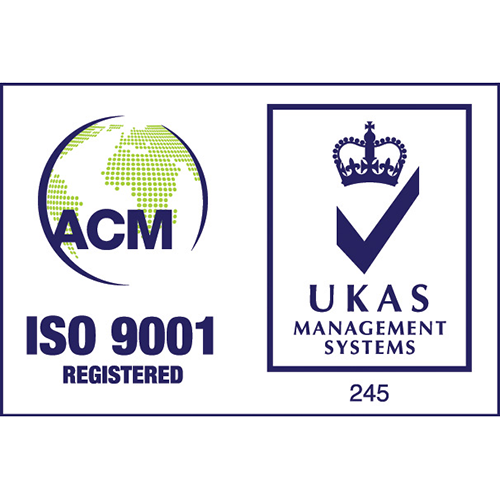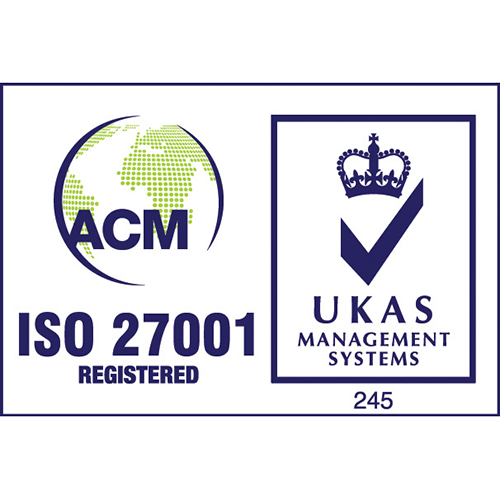Secrets to Bucking the Trend of Poor Customer Service in the Telco Sector
Secrets to Bucking the Trend of Poor Customer Service in the Telco Sector
Which of these facts is true?
- Customer satisfaction with telco providers is growing faster than other sectors
- The telco sector has the worse customer satisfaction levels of all industries
The answer is both! That’s right, even though great strides are being made to improve the reputation of connectivity providers and phone companies – the great British public still believes that it stinks.
At least that’s the conclusion from the last two nationwide customer satisfaction surveys undertaken by The Institute of Customer Service, each of which polled 10,000 people. Meanwhile the mediation organisation, Ombudsman Services, claims that 13% of all complaints were made against telco firms in 2016 – costing the industry nearly £3bn.
The evidence is overwhelming, and everyone – it seems – can recall at least one bad experience with a telecom provider. That’s true of both consumers and business users alike. Why is this important? Because society and the economy rely so heavily on communications to function. Not only that, but our expectations for service reliability and responsiveness only ever become greater.
The value of NPS (Net Promoter Score)
There have been many excuses for the shocking state of telco customer service over the last 10-20 years, the most commonly cited being the rapid pace of technological change leaving providers struggling to deliver on their customer service promises in the face of unprecedented demand. Today, the intense competition among providers, and the lower costs and hassle associated with customer switching, is making the whole industry buck up its ideas.
The search for a reliable metric to show the quality of customer experience begins and ends with ‘Net Promoter Score’. It’s a win-win for both sides of the buyer/seller equation. This measureable, industry-standard measure enables buyers to make informed judgements about which service providers to choose, while telco firms themselves can use it to benchmark their own performance and target necessary improvements.
The beauty of NPS is that is confronts buyers with a simple proposition: “would you recommend the service you have received to a friend/colleague?” This sets the bar higher than the concept of ‘satisfaction’, where buyers are invited to state whether a service experience did enough to meet their expectations. Having a good NPS score is vital for providers as it indicates not only the kind of transactional engagement you can expect, but also the value stemming from a longer-term relationship.
Leading the B2B telco sector in customer service
According to NPS Benchmarks, the average NPS for telecommunications companies is 26. Luminet’s latest rating (for 2016) is 42, independently placing it no. 1 in the UK, and within the top 20 globally.
Here are some of the secrets behind this success:
- A strong customer service ethos is ingrained in the Luminet culture and values
- Everyone at Luminet takes responsibility for customer service excellence, from site engineers to service staff and board-level representation
- We don’t just talk about customer centricity, we follow a set methodology that gathers evidence to power continual service improvement.
- Comprehensive mapping of all customer journey touchpoints
- Listening to feedback at each touchpoint
- Unique key performance indicators and customer service metrics are defined for each department of the business
- All Luminet employees have visibility and empowerment to provide relevant solutions dynamically
- Internal OLAs (operating level agreements) for interdepartmental service to the customer are in place and adhered to
As a B2B provider, we focus on building lasting relationships with customers and partners. Hence the Luminet NPS methodology is driven by a large-scale annual relationship survey that involves all the people we come into contact with at our customers. This is crucial to gathering a universal understanding of customer sentiment at each and every touch point.
This annual exercise is complemented by far more frequent, ongoing transactional satisfaction surveys covering the whole of the customer journey, from sales to service delivery, technical support and invoicing.
Bringing all this together is an internally-driven “close-the-loop” follow-up process that ensures all customer feedback (negative as well as positive) is investigated. This drives a virtuous cycle of transforming customer feedback into business service improvements.
Contact us to discuss Luminet services “get connected”.








